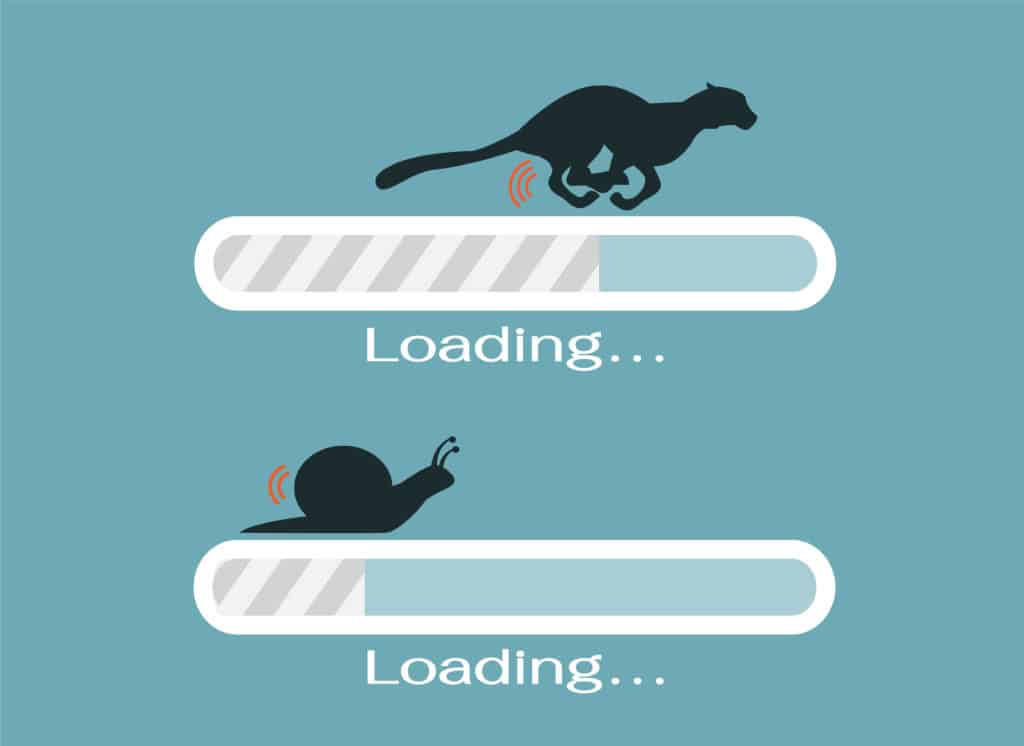Website performance and speed are essential aspects of website development, and this is especially true for WordPress websites. A slow-loading website can lead to poor user experience, high bounce rates, and even lost revenue for your clients. As a website developer, it’s important to understand the strategies and best practices for improving website performance and speed, especially in WordPress.
One key strategy for improving website performance and speed is server-side caching. Caching stores website data in a temporary location, such as the visitor’s browser or the server, so that the website can load faster when the same data is requested again. This can be done using caching plugins such as WP Super Cache or W3 Total Cache, which can help reduce the load on the server and increase the website’s speed.
Another important aspect of website performance and speed is image optimization. Large, high-resolution images can slow down the website’s loading time, which can be frustrating for users. To optimize images, you can use plugins such as Smush or EWWW Image Optimizer to compress them without losing quality. Additionally, you can use lazy loading that loads images only when they are in the viewport, and this can help improve the website speed.
Another way to improve website performance is by using a Content Delivery Network (CDN) like Cloudflare, MaxCDN, or StackPath. A CDN is a network of servers that are distributed around the world, which can help speed up the delivery of website content by caching it on servers closer to the user.
Additionally, it’s important to keep your WordPress website updated with the latest version and removing any unnecessary plugins or themes that are not being used. These updates often include performance improvements and bug fixes.
In summary, website performance and speed are crucial aspects of website development, especially for WordPress websites. By using server-side caching, image optimization, using a CDN and keeping your website updated, you can help ensure that your client’s website loads quickly and provides a positive user experience.
